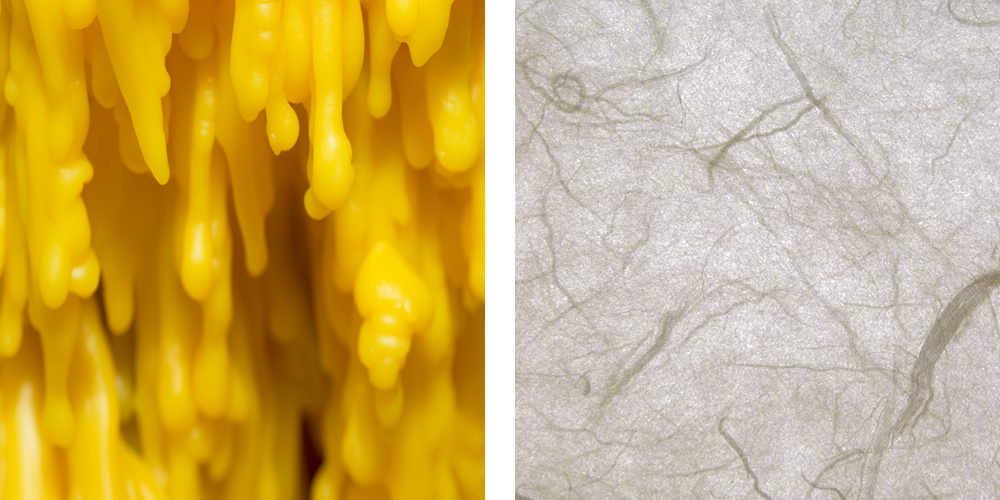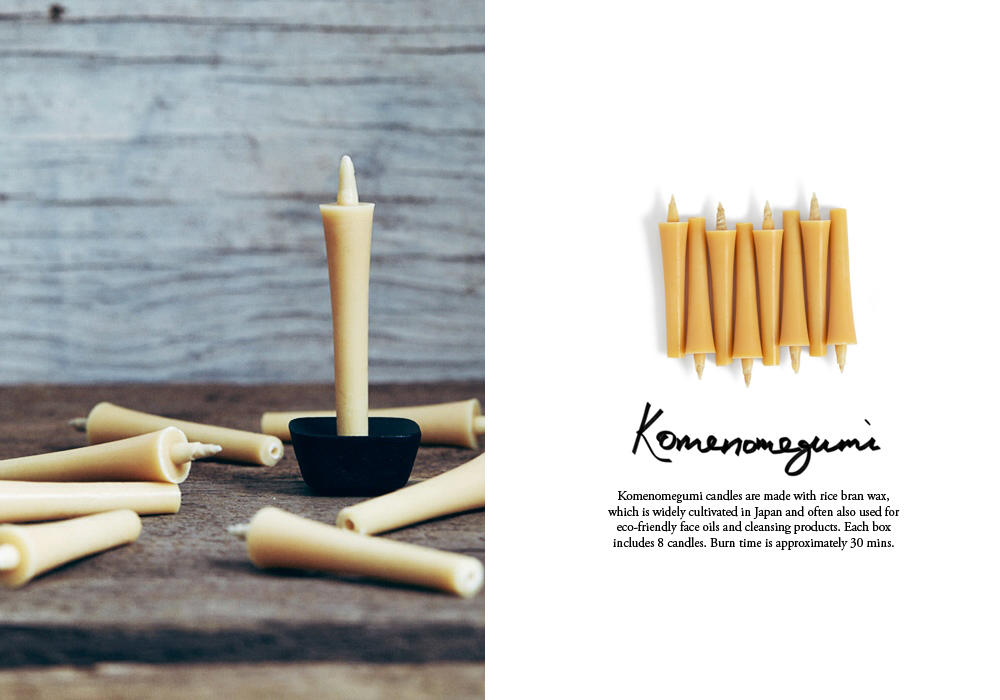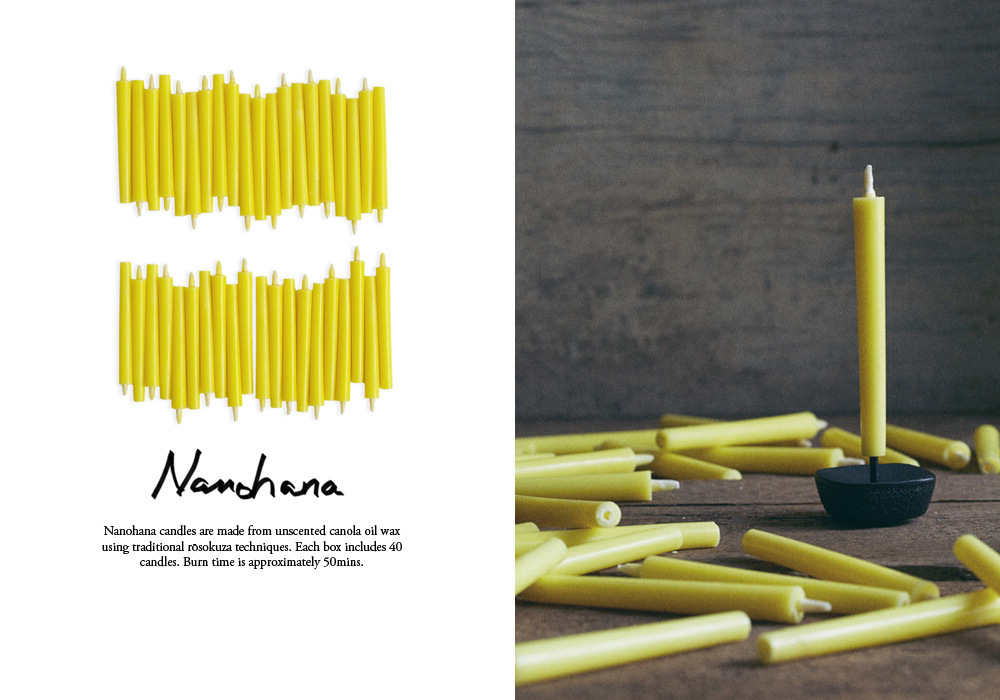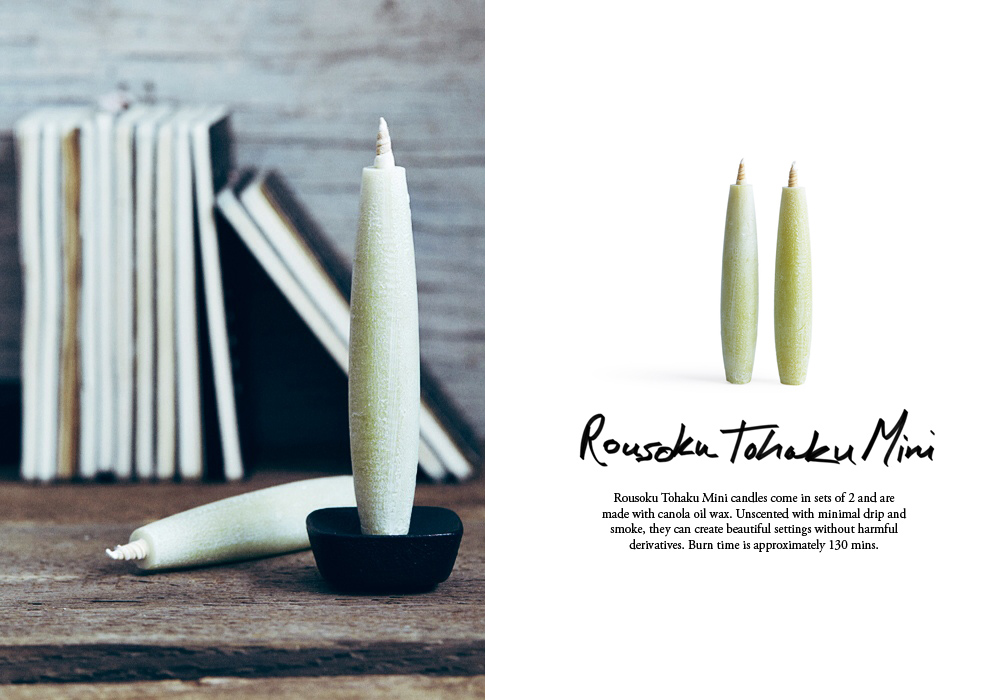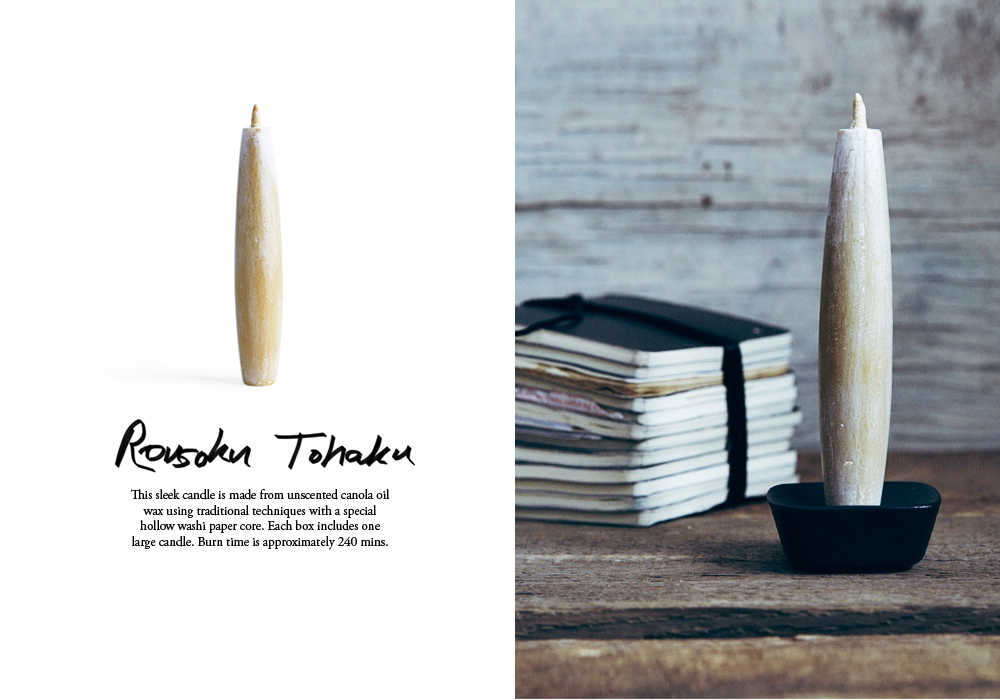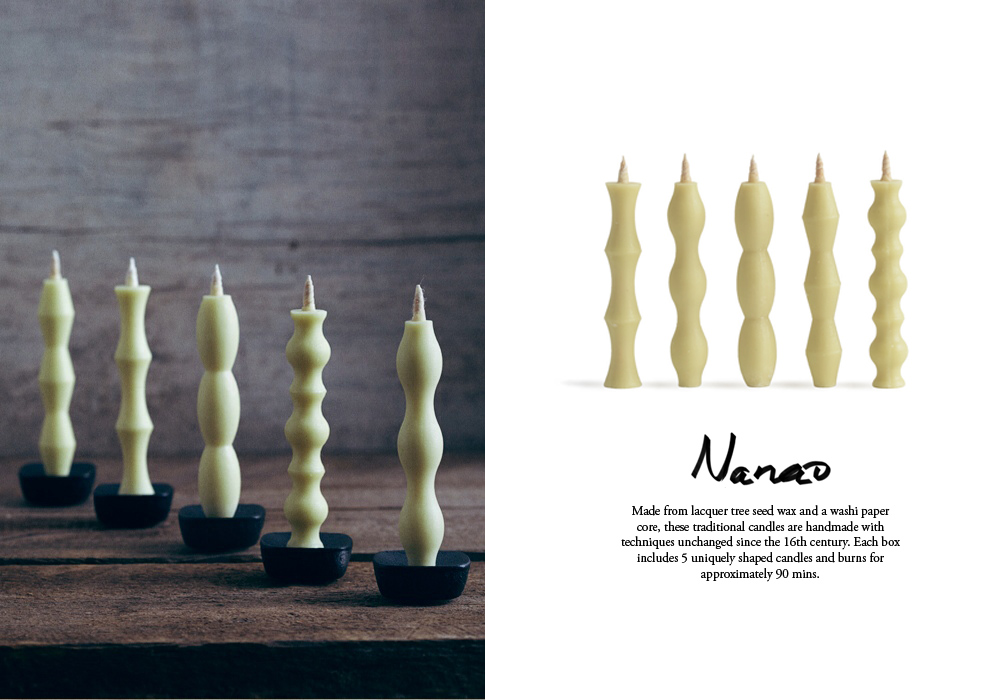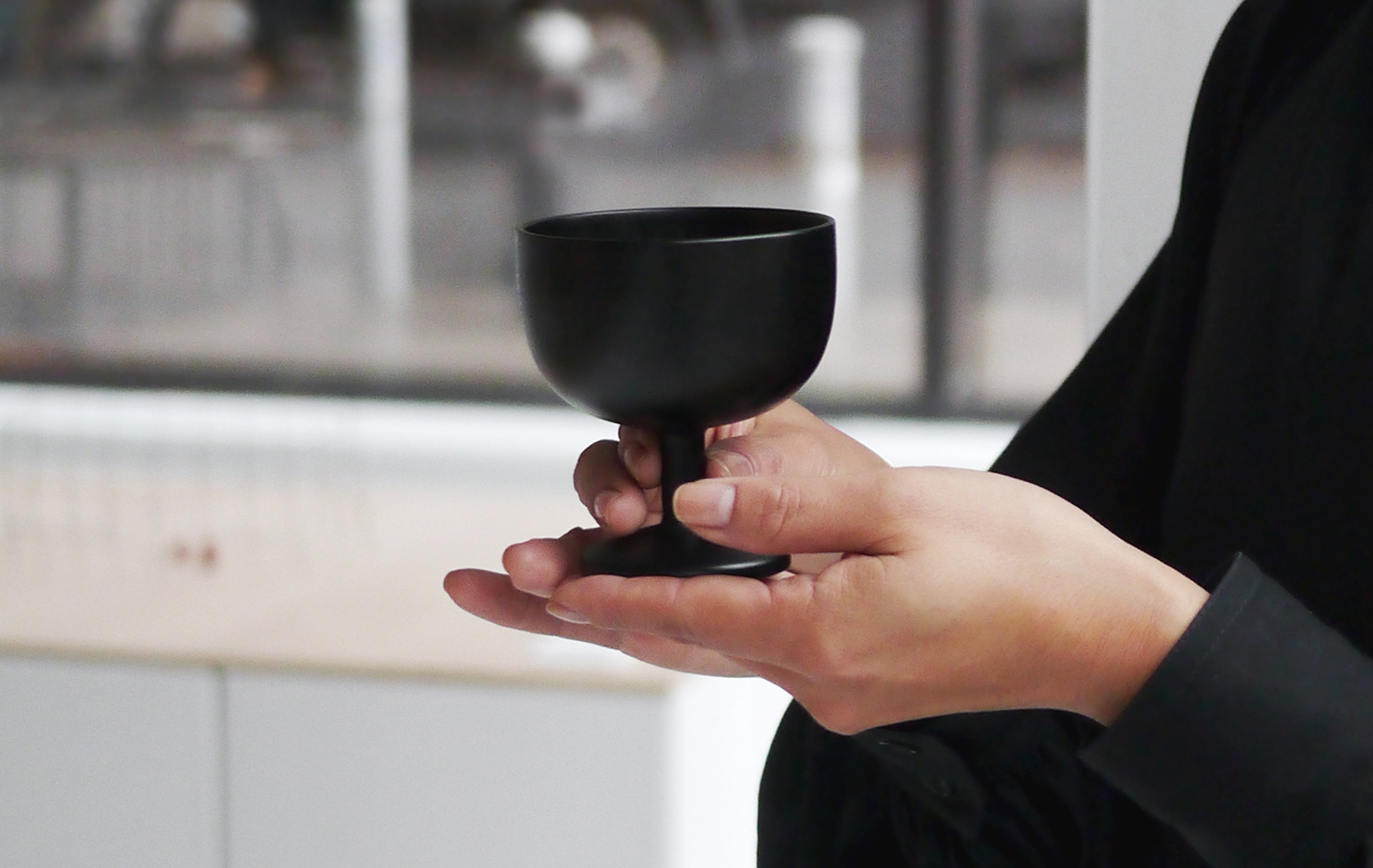The Rousokuza Candle Tradition
We recently released a selection of candles by the Takazawa Candle Co. and we’re happy to be one of the few retailers introducing a broad range of Japanese candles available outside of Japan. We thought it would be a good time to give a bit of history into the craft and point out some features that have made these candles so popular throughout Japan.
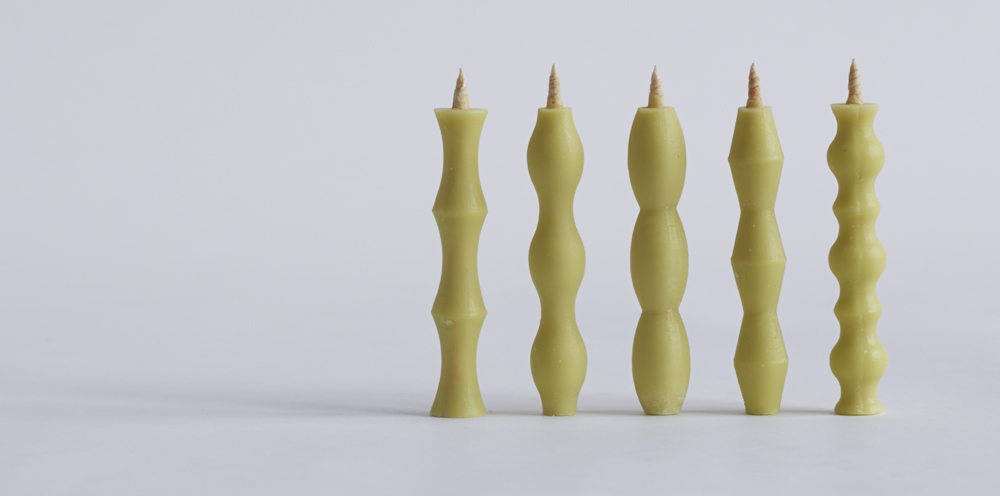
Japanese candle manufacturing dates back to the Nara period with the spread of Buddhism. Candles were made from beeswax originally, taken from locally sourced beehives. However in the Edo period, Japanese wax trees began to be cultivated extensively throughout Japan, prompting production processes to shift towards plant and seed based waxes.

During this period, the small town of Nanao began to emerge as the focal point of Japanese candle production because of its ideal location as a port for Kitamae ships (cargo ships) regularly carrying plant derivative wax from Kyushu and Japanese washi paper from Iwami. The combination of these two materials is the defining feature of Japanese candles. A cooperative union of Japanese candle makers was formed shortly afterwards called Rōsokuza to streamline production in the town. They remained active until the middle of the Meji period. Today, the Takawaza Candle Co. is bringing the Rōsokuza tradition back to the region by producing candles with traditional processes.
Japanese candles traditionally came in two different shapes: one called ikari-gata, with a wide base and/or top that tapers in the middle, and another called bo-gata which is long and cylindrical. More contemporary shapes have been developed recently, but the goal with the forms has always been to prevent dripping. I’ve always loved how the word ikari means anchor in Japanese, signifying its origins on the Kitamae ships.
The inner core of the Japanese candle is constructed by rolling a piece of washi paper into a tube, then winding dried juncaceous plant around the paper to form the wick. This structure allows oxygen to be supplied from the base through the hollow tube, enabling the wick to absorb a greater amount of melted wax. As a result, combustion is enhanced and the candles burn with a larger, stronger flame, differentiating it from paraffin candles.
These are some of our favorite candles:
Look out for our backstory on the Takazawa Candle Co in the coming months where we visit their design studio and factory in Nanao.
